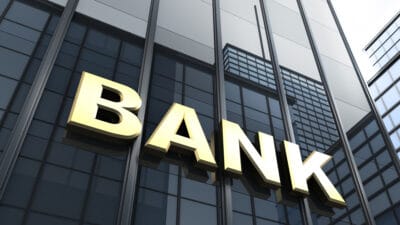There is speculation that the Reserve Bank of Australia (RBA) may be taking a step towards quantitative easing (QE) according to reporting by the Australian Financial Review.
The RBA governor Dr Lowe is going to give a talk on "Unconventional monetary policy: some lessons from overseas" at the Australian Business Economists dinner at the end of this month.
Many market commentators and indeed the RBA itself has suggested that the quick-fire rate cuts have caused many Australians to worry what's happening to the economy and therefore lower their spending.
If QE does go ahead it would mean the RBA buying financial assets like government bonds or perhaps bank RMBS (residential mortgage-backed securities), which are like bonds from banks such as Commonwealth Bank of Australia (ASX: CBA), Westpac Banking Corp (ASX: WBC), Australia and New Zealand Banking Group (ASX: ANZ) and National Australia Bank Ltd (ASX: NAB).
There are plenty of people that would question whether QE has actually worked in other areas of the world. The Japanese and European economies have not been strong performers since getting into financial trouble – Japan has arguably been in a zero growth environment for decades.
QE arguably just pushes up asset values rather than boosting the 'real' economy. Lower interest rates don't seem to have made much of a difference. Perhaps if rates hadn't been cut so much during the past decade we wouldn't have seen debt levels go up so much.
There may be one more rate cut next year to bring the RBA interest rate to 0.5%, but I think it's extremely unlikely that we'll see interest rates go negative.
The RBA and some economists have said the federal government needs to stimulate the economy, perhaps by bringing forward tax cuts or doing more infrastructure projects.
Foolish takeaway
I think it's a dangerous road if Australia keeps going down this unconventional financial road. It may lead to an increase in asset prices, but I think it could be an unsustainable choice.








